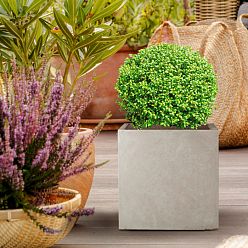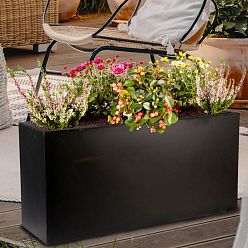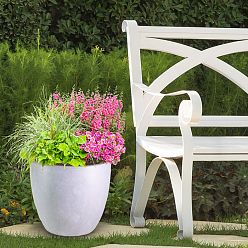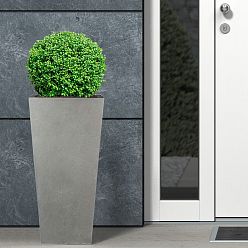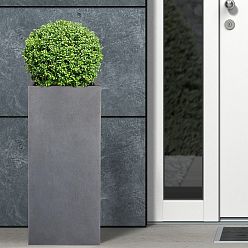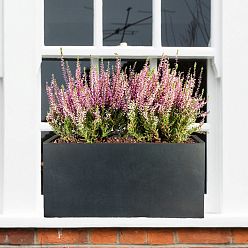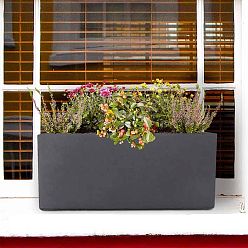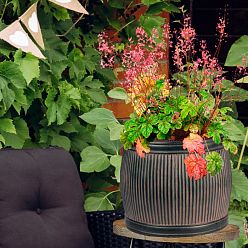
Almost all potting materials are recyclable. Your plant has become larger and you buy a larger pot and put the old version in the pantry. But there are certain requirements not only for the storage of flower pots, but also for their washing. Any soil, fertilizer, additional fillers and root system can release certain substances that settle on the walls of the pots. This can be the deposition of moths, mold, and more. Any type: tall and heavy, small indoor planters pots, massive outdoor planters are subject to various factors that need to be taken into account.
Proper washing of the pots makes them recyclable. The purchase of new models is a variety of designs, colors and shapes, but old pots remain in storage. Simply washing with water will not keep your previous planters safe for re-growing other plants, flowers, or ornamental trees. Follow certain guidelines to keep the pots perfectly clean and safe for replanting.
Cleaning Garden Pots and Planters
In the fall or after the end of the season, you need to throw away old shriveled plants. Your plant has grown and its root system has become larger, now it needs a larger container to grow healthy and beautiful. The old flower planter is empty and you are looking for other plants to plant here. But is your pot suitable for new soil, new flower, and new fertilizer?

These helpful tips will help you keep your pots clean and safe by removing any harmful deposits on the bottom or sides.
- Take a stiff brush and fill a flower container with clean water. Always use clean water for washing. Salt deposits on the sides of the planter can be silt and may be difficult for you to brush away. Then you can take an old butter knife and gently scrape the salt off the wall.
- After you have removed the salts and the walls of the planter are clean, now you need to remove the bacteria. To do this, growers use a weak bleach solution (10%). If you need to clean more pots, then stock up on more of this liquid. Place all pots in a container of bleach and let sit for 10 minutes. Even after removing the salts, pathogenic bacteria may remain on the sides or bottom of the planter. This solution will kill all dangerous microorganisms.
- Rinse the pots to remove any bleach residue and set them to dry in the sun. If you wash terracotta pots, soak them in clean water to delete the bleach from the pores of the pot. The sun drying procedure is mandatory for all materials.
- You can also use a container of water filled with dish soap and vinegar (1 teaspoon for 6-8 liters). Use a brush to remove dirt, mildew, mildew, and other deposits on the inside and outside of the pot. Rinsing can be done in the home or garden using a hose (or bucket).
Drying is also best done in the sun without using a towel or dry wipes. The pots must be perfectly clean and there must be no excess materials and moisture inside that can lead to the appearance of bacteria. There are also planter cleaners or mixes for diluting with water in specialized stores. If you plan to store your pots until your next use, then choose dry mix so that moisture does not destroy the material of the garden pots and does not lead to the appearance of harmful microorganisms.
Your plants have a particular preference for soil and fertilization, but humidity or temperature fluctuations in the garden can lead to mold, mildew, and other pests inside the soil and pot. Do not use coarse solvents or chlorine, which can damage the surface and material of the planters. Boiling water will also not remove all harmful bacteria, but it can crack ceramic, plastic, or stone pots. Use proven methods to clean your pots and keep the following plants safe.











